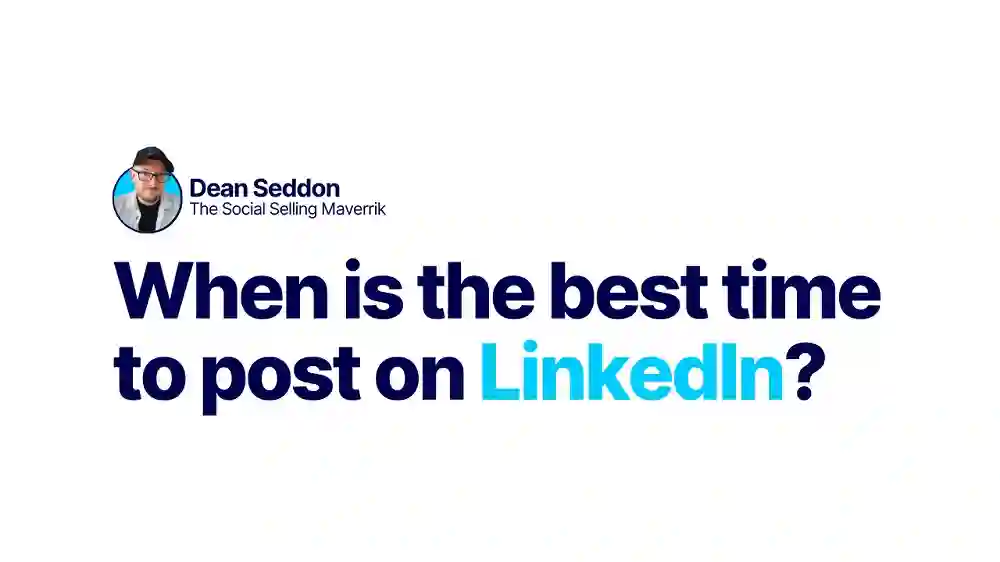In the fast-paced world of professional networking, mastering the art of LinkedIn posting is more than just crafting compelling content—it’s about strategic scheduling. Strategic scheduling involves understanding when your target audience is most active, ensuring your content reaches its maximum potential. In this article, we will explore the blueprint for LinkedIn posting mastery through strategic scheduling, allowing you to navigate the platform with precision and impact.
The Foundation of Strategic Scheduling
Strategic scheduling on LinkedIn is akin to creating a blueprint for a successful building—it requires careful planning, attention to detail, and a deep understanding of the landscape. Let’s delve into the key components of this blueprint:
- Audience-Centric Approach: The first step in crafting a strategic schedule is understanding your audience. Utilize LinkedIn analytics to gather insights into the demographics, locations, and online behavior of your target audience. This information forms the foundation for tailoring your posting times to their preferences.
- Dayparting: Dayparting involves dividing the day into specific segments and identifying when your audience is most active. Analyze the engagement patterns on your previous posts to discern the times when your content receives the most attention. This information helps you allocate your posting slots strategically.
- Global Considerations: If your network spans across different time zones, it’s crucial to adapt your scheduling strategy accordingly. Leverage analytics to identify peak engagement times in various regions, ensuring your content resonates with a global audience.
- Experimentation and Iteration: Crafting the blueprint for mastery involves experimentation. Post at different times and days of the week, closely monitoring the performance of each post using LinkedIn analytics. This iterative process allows you to refine your strategy based on data-driven insights.
Best Practices for Strategic Scheduling
- Morning Kickstart (8:00 AM – 10:00 AM): Start the day strong by posting during the morning kickstart. Professionals often check their LinkedIn feeds as they begin their workday, providing an opportunity for your content to stand out.
- Lunchtime Update (12:00 PM – 1:00 PM): Utilize the lunchtime slot for updates and insights. Many professionals browse LinkedIn during their lunch break, making it an ideal time to share content that captures their attention.
- Afternoon Engagement (3:00 PM – 5:00 PM): Combat the post-lunch lull by scheduling posts during the afternoon engagement window. Professionals may be more receptive to content during this time, leading to increased visibility.
- Evening Insights (7:00 PM – 9:00 PM): Capture the evening audience seeking insights and industry updates. Posting during the early evening allows your content to be part of the conversation as professionals wind down their workday.
- Strategic Weekends (Saturday 10:00 AM – 12:00 PM): Challenge the notion that weekends are less active on LinkedIn. Schedule posts strategically on Saturday mornings when there is less competition for attention, potentially leading to higher engagement.
Strategies for LinkedIn Posting Mastery
- Consistency is Key: Establishing a consistent posting schedule builds anticipation among your audience. Regularity signals reliability, and users are more likely to engage with your content if they know when to expect it.
- Leverage LinkedIn Analytics: Dive into the comprehensive analytics provided by LinkedIn. Track metrics such as impressions, clicks, and engagement rates. This data-driven approach empowers you to understand the performance of each post and refine your strategy accordingly.
- Active Engagement with Your Audience: LinkedIn is a social platform, and engagement is reciprocal. Actively respond to comments on your posts, participate in relevant discussions, and foster a sense of community. Increased engagement not only boosts visibility but also strengthens your professional relationships.
- Diversify Content for Varied Engagement: Experiment with different content types, including text posts, images, videos, and articles. The LinkedIn algorithm values diversity, and offering a mix of content caters to different preferences within your audience.
- Strategic Use of Hashtags: Incorporate relevant hashtags into your posts to increase discoverability. Research and use hashtags aligned with your content and industry to broaden the reach of your posts beyond your immediate network.
Conclusion
Strategic scheduling is the blueprint for LinkedIn posting mastery. By understanding your audience, experimenting with posting times, and leveraging analytics, you can craft a schedule that maximizes the impact of your content. As you navigate the dynamic landscape of LinkedIn, remember that posting mastery is an ongoing journey. Regularly reassess your schedule, analyze performance data, and stay informed about changes in user behavior and platform algorithms. By following the strategic scheduling blueprint, you’re not just posting content; you’re crafting a narrative, building meaningful connections, and achieving mastery in the evolving world of professional networking.








